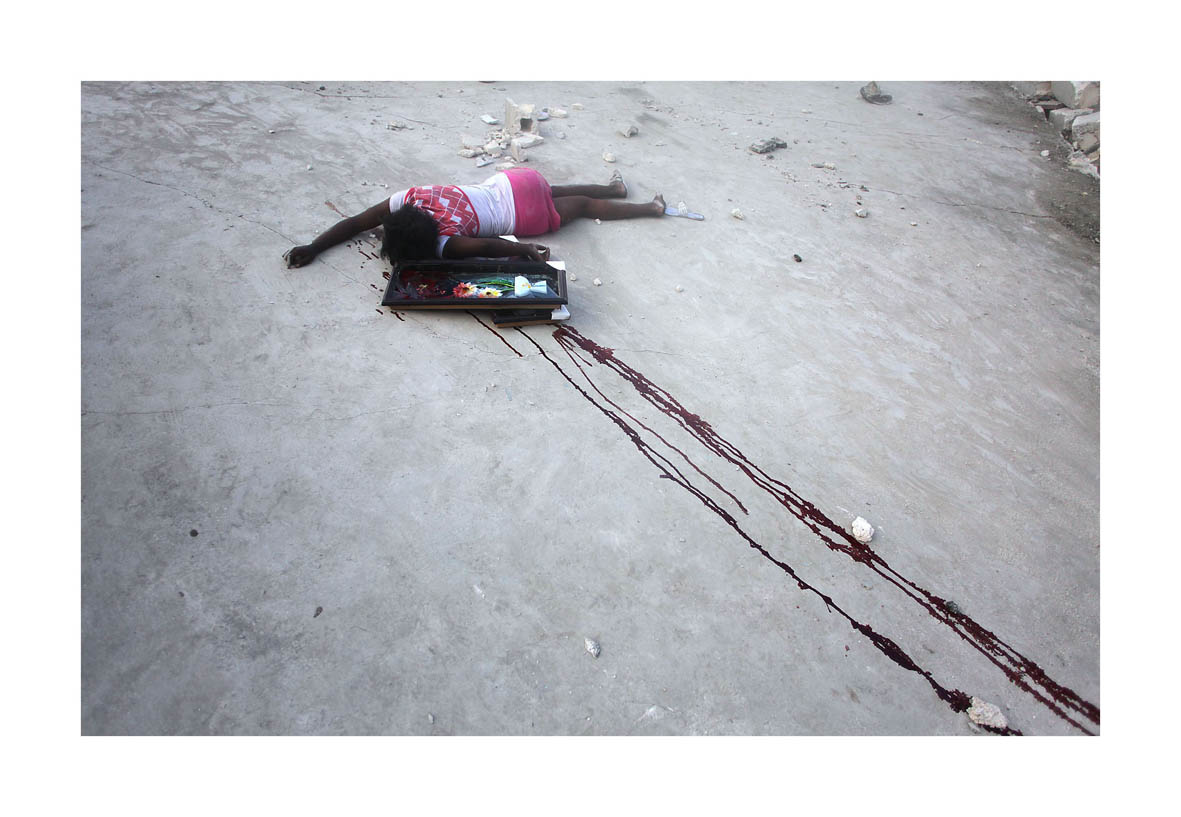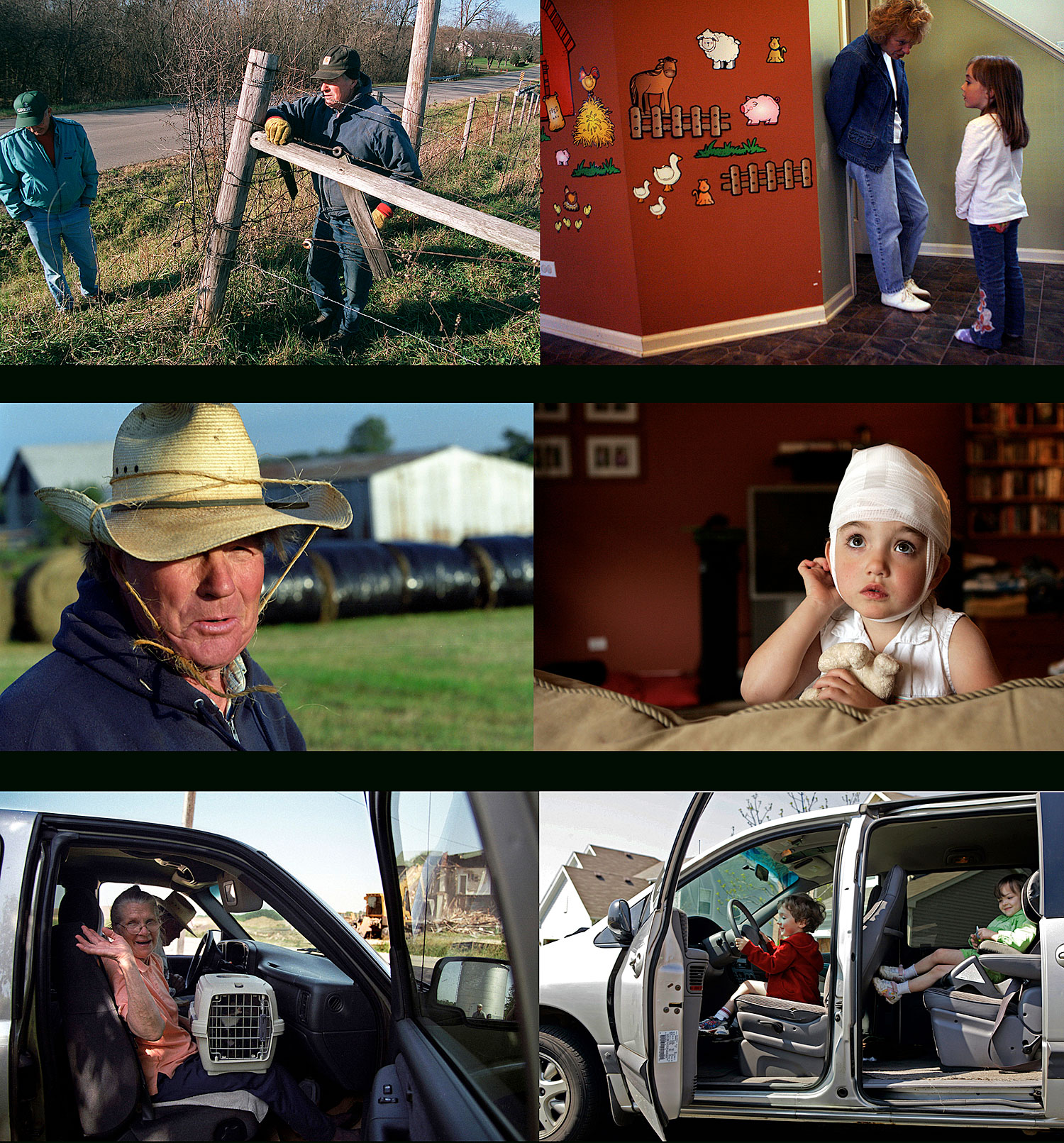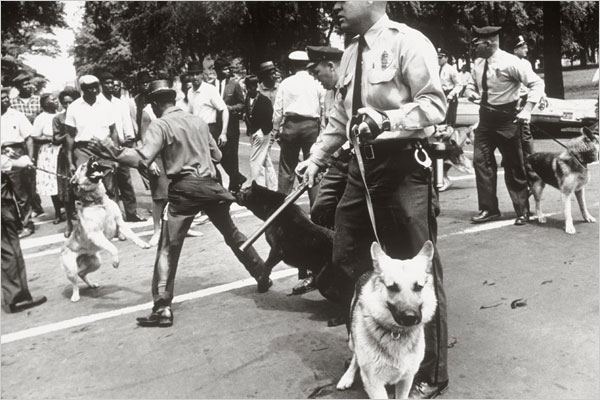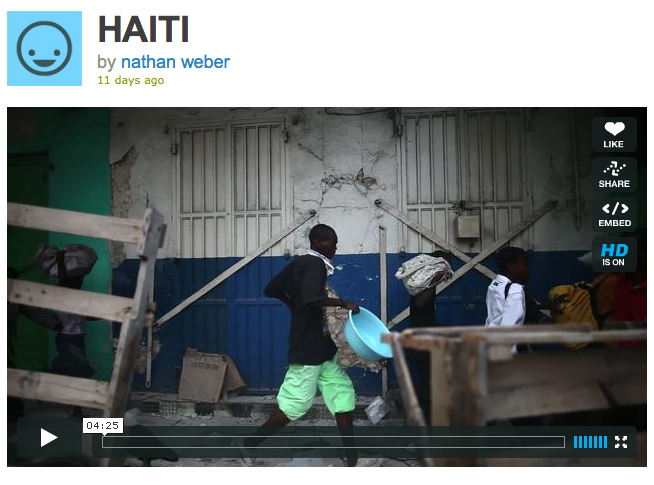Photographing Fabienne: Conclusions
PART FIFTEEN IN A SERIES OF POSTS DISCUSSING PHOTOGRAPHERS’ ACTIONS AND RESPONSES TO THE KILLING OF FABIENNE CHERISMA IN PORT-AU-PRINCE, HAITI ON THE 19TH JANUARY 2010. The aftermath of the H…
via Prison Photography: http://prisonphotography.wordpress.com/2010/04/08/photographing-fabienne-conclusions/
I am convinced, CONVINCED, that enough evidence exists in the digital files these fifteen photographers to identify and prosecute the policeman who fired the fatal shot.








